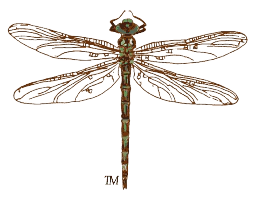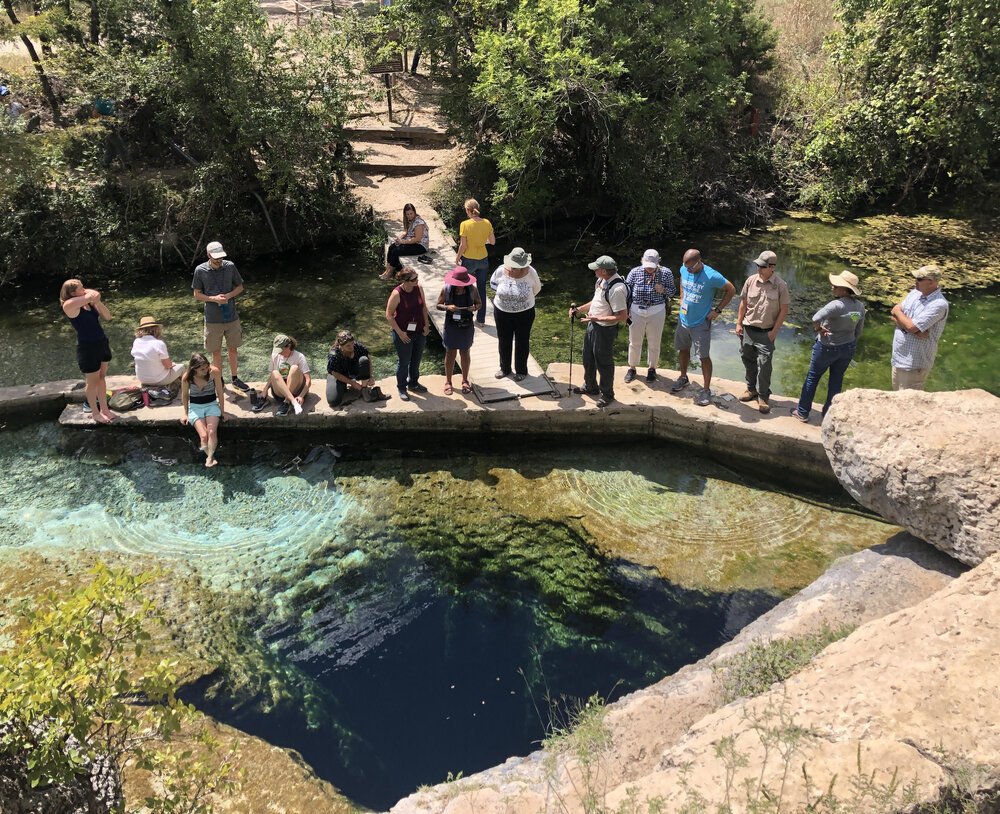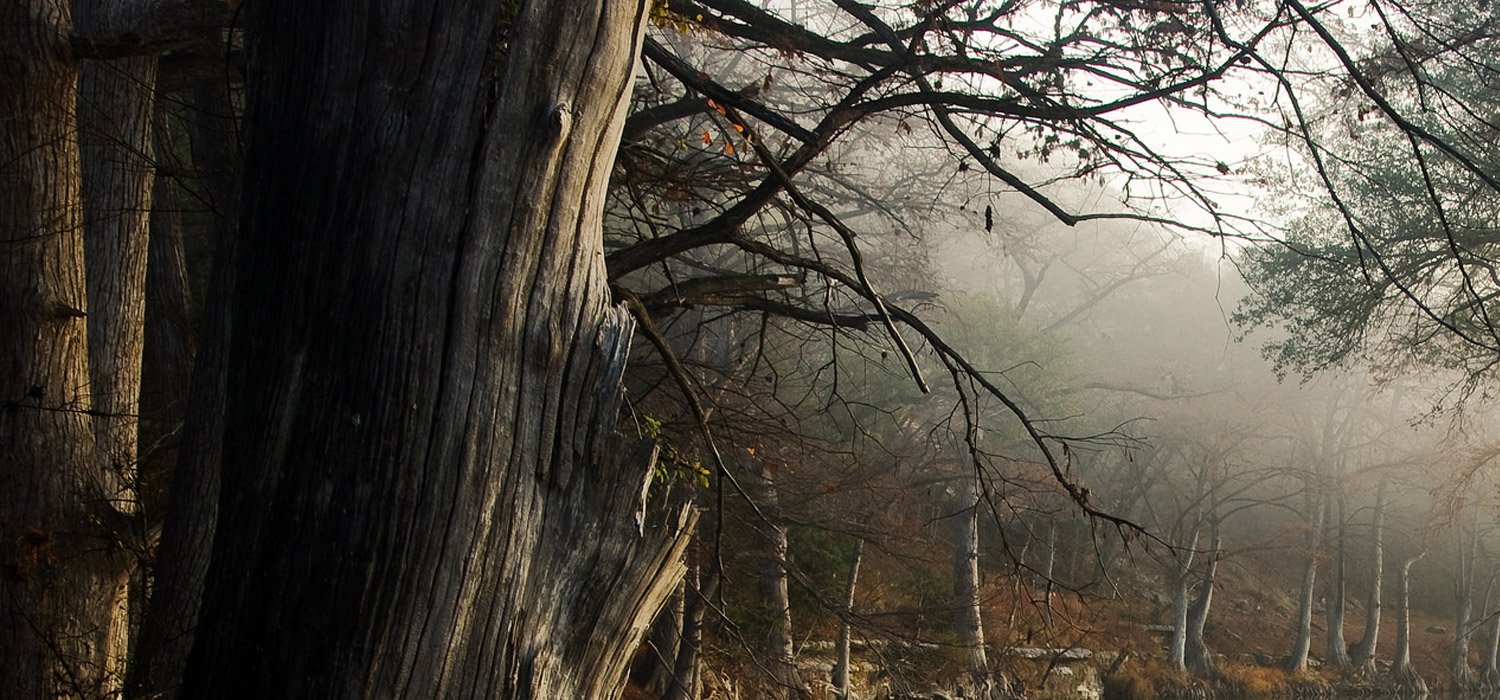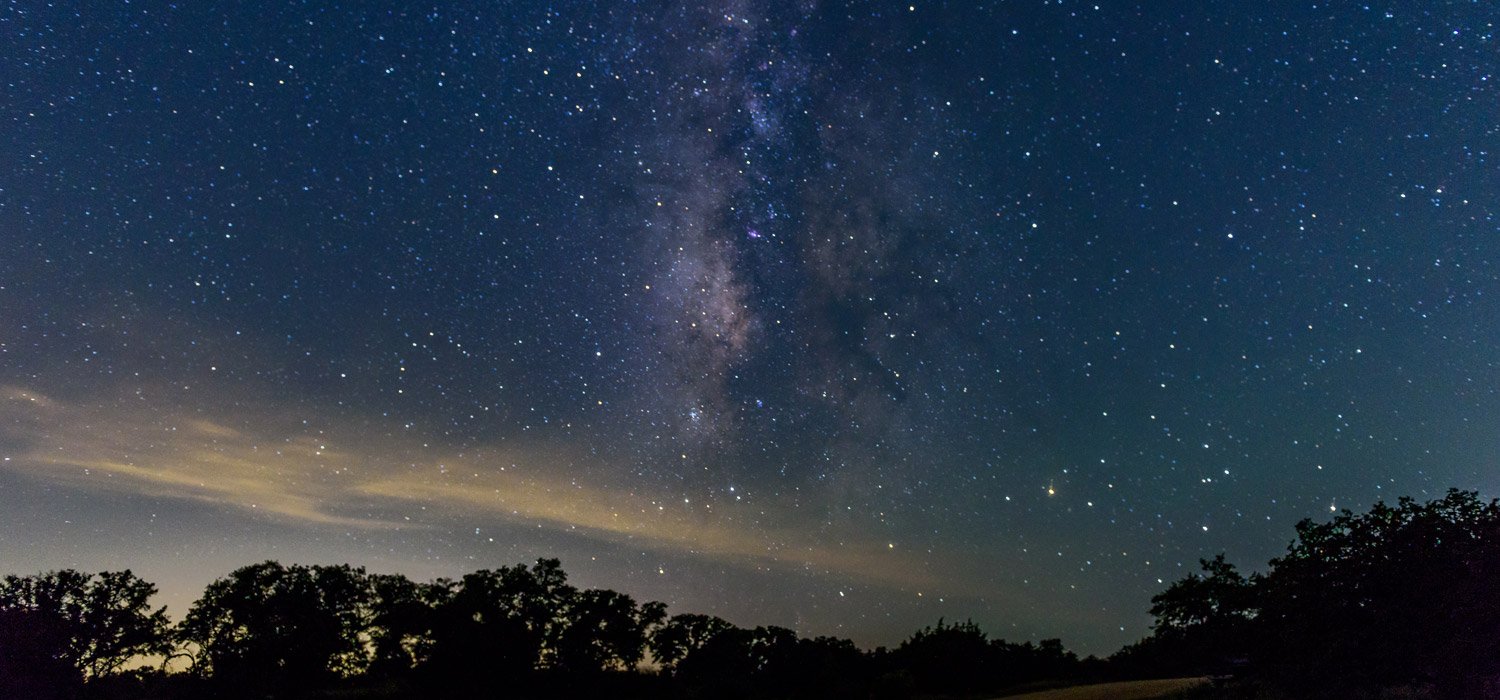
The Hays Humm
The November Magazine
Betsy Cross - Mimi Cavender - Constance Quigley
Economic growth in the 1800s and early 1900s relied on abundant water supplies provided by naturally pressurized flowing artesian wells. But in a rapidly urbanizing Hill Country, the Blanco River and the vast groundwater system to which it belongs are failing.
Part 1 - The Coloring Book’s 2nd place Exemplary Project win at state rewarded the work of 61 HCMN volunteers. Let’s look at all the activities we’ve been working on. Part 2 - The Coloring Book welcomed young explorers and their guardians to diverse nature locales.
Our video team’s goal is to give folks pride in our natural resources with a mix of humor, wonder, and education.
HCMNs work to conserve and educate others about the wildlife and plants that grow on the Texas landscape. But have you ever looked below the surface—the surface of the water, that is?
The Hill Country Alliance successfully hosted its 11th annual Leadership Summit, From Vision to Action, bringing together Hill Country leaders and conservationists eager to learn from one another. Three HCMNs were invited presenters.
Members of the HCMN had the opportunity and delight to attend the 2023 Texas Master Naturalist Annual State Meeting. There were simply not enough hours to drink it all in!
Remember hearing that distinctive “Bob-White” whistle? When I hear that beautiful sound, I recall long past days of sitting on the porch and whistling the notes in reply.
The rapid growth of the Hays County area is increasing the burden upon this valuable resource. Understanding our water supply and how it effects the land helps us to make better water management decisions.
The continuous water cycle starts with rain. Of the rain that falls on the land, 89% of it either evaporates directly to the atmosphere or processed through transpiration in plants into the atmosphere. The remaining 11% seeps into the ground or runs off as surface water to rivers and streams. Of the water on the earth’s surface, 97% of it is saltwater and 1-2% is frozen glaciers, ice, and snow around the world. That leaves about 1% of water available for consumption.
Watersheds are basin-like landforms defined by highpoints and ridgelines that descend into lower elevations and stream valleys. A watershed, sometimes called a drainage basin or catchment, carries water “shed” from the land after rain falls and snow melts.
Soil erosion via water flow is a significant issue in Hays County and in all of the Texas Hill Country. Our geology with the limestone base and relatively thin soil makes it difficult for rain to soak in quickly.
Water attracts wildlife and is great for plants. While not everyone can live near a river or lake, everyone has the option of building a water feature. In this article we will cover how to make a small wildlife pond or water feature that can be maintained year-round with only rainwater.
If you live in the Wimberley Valley, your property is part of the Blanco River Watershed. But “watershed” is a misleading way to describe it. The word implies getting water off the land as quickly as possible. Instead we should re-conceptualize our valley as a “water catchment area.” This term, used by most of the rest of the world, suggests capturing water before it flows downstream.
Humans have a major impact on the land and natural resources. Positive actions regarding conservation will result in a healthier natural environment.
Land restoration is the process of returning a site to a natural landscape and habitat, safe for humans, wildlife, and plant communities. Developing and following a land restoration plan are the means of accomplishing this goal.
Within their native habitats, animals should be able to find the basics necessities for maintaining their health and lives; water, food, and shelter…
Flash floods have been part of the Hill Country for over ten million years, ever since the rivers and creeks began carving out their deep valleys and leaving behind 200-250 ft. high hills. While we can’t stop flash floods, we can reduce their intensity and the amount of damage they cause.
Wildfires play an important role in nature. Some ecosystems, such as grasslands, rely on natural fires to regulate growth and recycle nutrients. There is an entire scientific discipline, Fire Ecology, focused on understanding the natural processes involving fire and how ecosystems respond.
On one property, the problem was that runoff quickly filled the small drainage ditch along the driveway and rushed down to the creek. The owners created diverters along the driveway to catch the runoff and divert it on the native grasses bordering the driveway.
Hays County residents are fortunate enough to have the Milky Way visible throughout much of the area. The night sky is part of our heritage and reminds us of our connection to the universe.
































